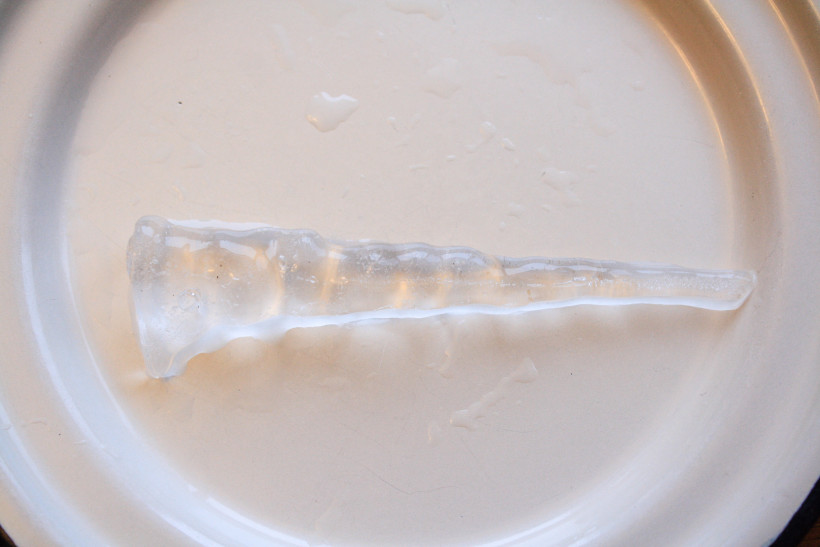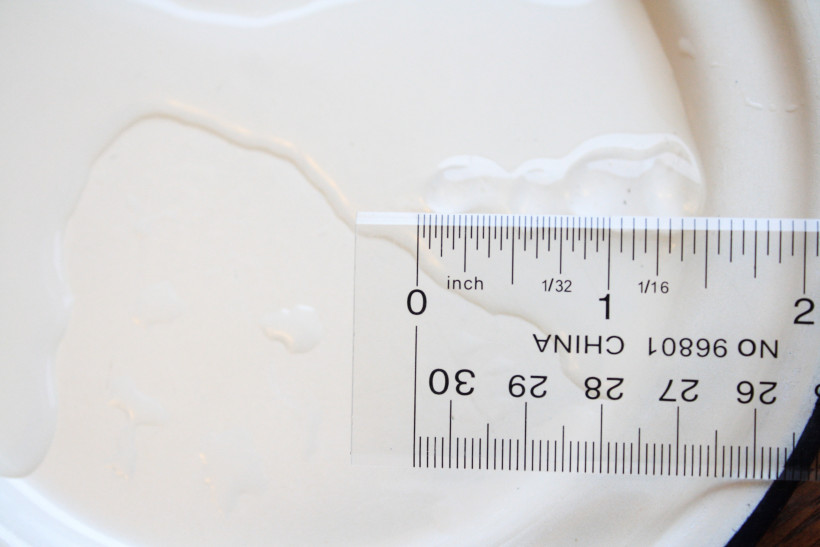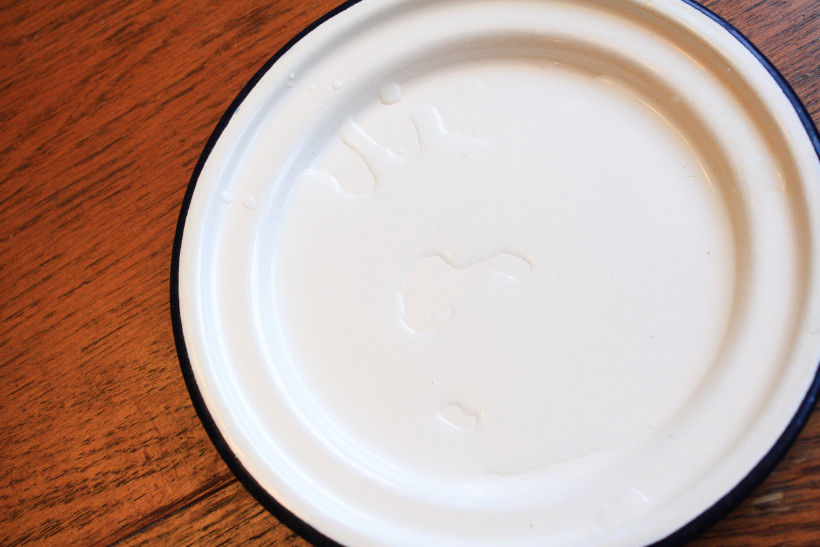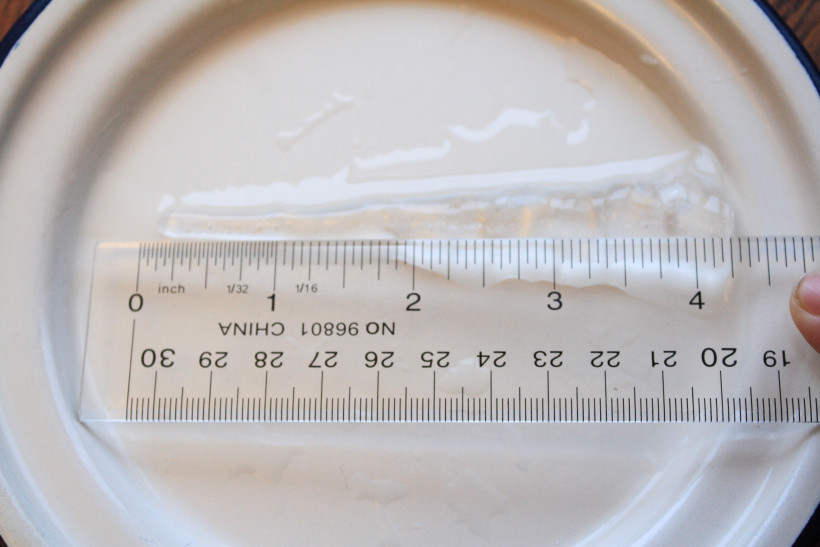Nature School Project: Melting Icicles
In this Martin & Sylvia Nature School story, “Talking Stick“, Martin is full of energy and can’t wait to play games, build bridges, and generally be active during Goose-eye Wilderness School. His friend Alexander, however, is excited about a quieter day of scientific study. Daneesha, their apprentice for the week, decides that the best course of action is to start with a conversation, employing the respectful Native American practice of using a “talking stick.”
We are joined today by Dawn who is shows us how to study the melting of icicles like Martin does in the story.
Here at our house we have been having some great discussions about longitudinal studies, how they work, and what kind of studies we can do here on our own kitchen table. It all started because I was reading something about a longitudinal study and, of course, shared it with the family.
The basic idea is to watch and monitor something over time to see how it changes. These studies can be simple or very long and detailed, like the Harvard Grant Study which has been conducted over decades.
We already do our Year-Round tree study (I guess when we started that I did not call a longitudinal study or the kids just did not tune into that part) but we have been thinking of some shorter studies that can be done over the course of a day, week, or month.
A few weeks back we decided to monitor the melting of an icicle we pulled down from under the deck.
To be clear, it went something like this:
Dylan: “Hey mom, check out these icicles!”
Me: “Wow, those are really cool.”
(Dylan proceeded to take them down and use them as mini swords, breaking them up in the process)
Dylan: “Look how they shatter!”
Me: “Neat! They are really smooth too. I wonder how long it would take one to melt? Do you want to save one and watch it melt inside?”
Dylan: “Yeah, I guess we could do that.”
That is typically how studies and experiments are born around our house, with a little wonder.
We proceeded to have sword fights and karate chop most of the icicles, leaving a few in place for our study later.
Before we went inside we grabbed one of the remaining icicles, that had not been obliterated in a duel, and started our study.

The Study
We found a plate to put the icicle on. Of course this was not a controlled experiment so the room temperature plate was a factor, but the idea here is to spark wonder and look at processes so everything does not have to be controlled and perfect.
We measured the icicle and placed our indoor thermometer next to the plate.
If you don’t have an indoor thermometer I highly recommend getting one just because they are neat to have, but don’t let that stop you from doing this. Remember this is for fun and to spark curiosity, not have a perfect experiment.
We set the timer for 10 minutes. We started our lunch and watched it while we ate.

It started melting much faster than we expected and it was clear that 10 minutes was way too long to wait between measurements. We started measuring every few minutes.

It took all of 6 minutes for the icicle to melt away.

We were pretty amazed at how fast it returned to liquid form and talked a little about the different states of water and the water cycle.
Next time we do a longitudinal study we decided we would do a bit more preparation ahead of time, but this little study served its purpose. It sparked some wonder, led to neat conversations, and piqued his interest in monitoring other things over time.
As I said above, one does not have to set up perfect science experiments and long-term studies that have all variables accounted for to engage kids in inquiry and ignite their curiosity.
It is more important to do it, than to do it perfectly at this stage.
Other ideas:
A compacted snowball would be great to monitor.
This time of year a Twig Study is always fun and we will be pulling twigs in to observe soon. (Dylan is almost 10 years old and it has been years since we have done a true twig study. It will be fun to see how his observations change.)
If you have a sunny day the heat absorption experiment is a great one for monitoring changes over time.
We have plans to do more with this idea of longitudinal studies in mind. Watching buds burst, flowers wilt, and seeds grow are all in our future.
Let us know if you have done any longitudinal studies. We would love to hear about them.
~ Dawn (and Dylan)

